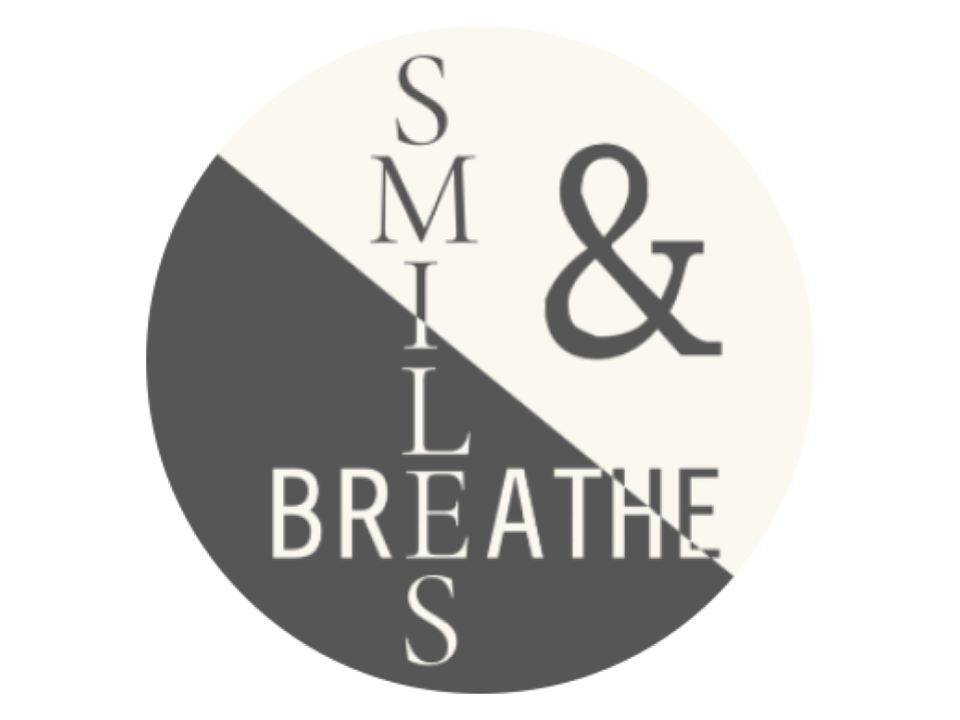SMILES & BREATHE seeks to nudge people, through solitude, community and society, to belong. S&B was started in 2020 during the COVID-19 pandemic to help combat loneliness caused by isolation.
What is Loneliness?
Loneliness is defined as perceived, individual experience of social isolation from one’s expected social connections to what one has. Loneliness does not necessarily mean being alone. A person can feel lonely in the presence of others such as in a party, a concert, or with over a thousand likes on social media. There is a sense of loss of connection to others and self.
Humans are social animals. Before the 18th century, loneliness was used to refer to objects that were physically isolated e.g., the road was lonely. Loneliness is now used to depict perceived isolation. In recent years, the COVID-19 pandemic, cell phones and social media have been linked to a rise in this perception of loneliness in our society.
Chronic loneliness has been associated with increase in the risk of early death by 30%, and its health risks are comparable to obesity and the dangers of smoking 15 cigarettes a day. It has been associated with cognitive decline and even dementia in older adults. In younger populations, it is associated with depression and anxiety, genetic mutations, inflammatory and immune disorders.
We have compiled the resources listed here to mitigate societal loneliness.
HOW TO USE SMILES & BREATHE?
Firstly, there is no one right way. Please explore and find YOUR WAY.
SMILES & Breathe is an acronym with ideas in various sections.
You do not need to try them all at once.
The I and L sections are for Interacting and learning; they have ideas and resources. Click on the hyperlinks for more information.
When starting off, consider one to three changes and adjust as you go.
Data shows that on average it takes 66 days for a positive habit to become our second nature.
3 for 66: Pick 3 habits of varying degrees of challenge or variety and work on changing them for 66 days.
Have fun with it, and create YOUR WAY. Please understand that no one is perfect and you will have good and bad days.
Kindly note that this should not supplant the need for medical and/or mental health help. Kindly check with your doctor about the applicability and appropriateness of activities and habits listed on this website for you. The content on this website is offered as guidance only and is not meant to be, nor should it be construed as a replacement for professional expertise. Some of the activities may need caregiver help and guidance. Please have your caregiver with you or get permission from your caregiver as appropriate for your age.

